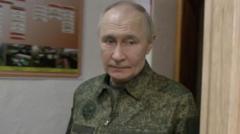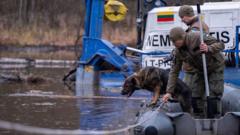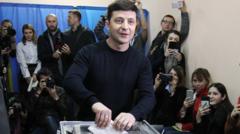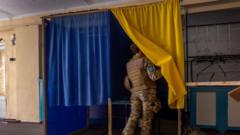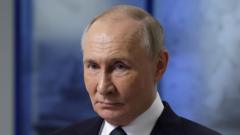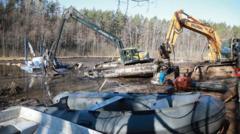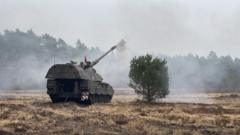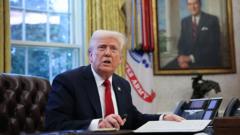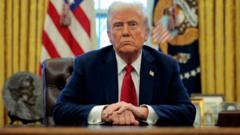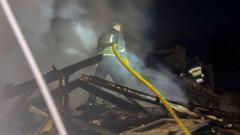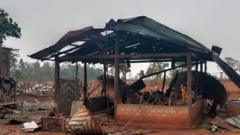Russia's military expansion effort includes a significant draft, with implications for domestic and international security, as the conflict with Ukraine continues to escalate and NATO expands.**
Russia Launches Largest Military Draft Since 2011 as Tensions Escalate**
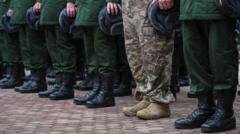
Russia Launches Largest Military Draft Since 2011 as Tensions Escalate**
President Putin calls up 160,000 young men to replenish military ranks amid ongoing conflict with Ukraine.**
President Vladimir Putin has initiated Russia’s largest military call-up in over a decade, summoning 160,000 men aged 18-30 as part of an effort to bolster its armed forces. The current draft, set to take place from April to July, marks the first time since 2011 that such high numbers have been mobilized, and coincides with Russia's aim to augment its military strength overall to a staggering 2.39 million personnel, with a boost of 180,000 over the next three years.
The Russian government has insisted that the freshly drafted conscripts will not be deployed to Ukraine, where Russia has labeled its actions as a "special military operation." Nonetheless, there have been alarming reports regarding the potential use of conscripts in ongoing conflicts, particularly near border regions where casualties have been recorded.
Despite a backdrop of U.S. diplomatic efforts seeking to establish a ceasefire, reports from Ukraine indicate continued aggression, such as a recent attack on a Kherson power facility, which left vast power outages impacting 45,000 residents. Concurrently, Russia has claimed territorial gains, including the capture of a village in the contested Donetsk region.
This spring's conscription is notably higher than the previous year’s draft by 10,000 and comes amid adjustments made to eligibility criteria, allowing men up to the age of 30 to be called up. Notifications for service are being communicated through traditional post and modern digital platforms like the Gosuslugi state services website.
In addition to the biannual draft, Russia has seen an increase in contract soldiers and recruitment from North Korea to maintain its military ranks, following significant troop losses estimated to exceed 100,000 killed during the ongoing conflict in Ukraine.
The Russian Ministry of Defence has cited the need for military expansion due to perceived threats from the Ukraine war and NATO’s growing presence. Recent NATO expansions, which include Finland and Sweden, have been viewed negatively in Moscow, prompting the Finnish government to announce increased military spending and a resumption of the use of anti-personnel mines, based on military assessments.
As the situation on the ground evolves, both regional and global security dynamics remain precarious, with speculation about upcoming electoral strategies in Ukraine adding another layer of complexity to the ongoing crisis.


